Chefmaster – Color Green Spring Spray – 9OZ
$23.41
Technical Specs will be shipped with the Order
Any Sales Inquiry or Tech Spec is available upon request by leaving your email here:
About Chefmaster’s products
Chefmaster’s vibrant airbrush colors with perfect mix ratio to work with any airbrush. These colors are perfect to paint cookies and cakes quickly using an airbrush. These are Kosher and Halal certified.
Whether you’re making Grandma’s red velvet cake or adding the finishing touches to your holiday cookies, understanding how to use food coloring is essential to make your icings, candies and various sweet treats stand out. While traditionally most cooks stick to liquid coloring, there several options for tinting foods, and each has its own benefits and quirks.
Traditional liquid food coloring
Traditional liquid coloring for food is an inexpensive option. It’s the best kind to use when you want a lighter tint. With large desserts, like cakes, it can take a few bottles to create a rich, vibrant color. However, it only takes a drop to make the pretty pastel filling.
Liquid food coloring is usually made with synthetic dye in a water base. It’s often sold in small plastic squeeze bottles, which are great for beginners because you can add as many (or as few) drops as you’d like until you reach the desired hue.
Liquid gel dye
Liquid gel dye is similar to its traditional counterpart as it consists of synthetic coloring with a base of water, glycerin or corn syrup. Like plain liquid dye, it’s sold in small dropper bottles. But the two products similarities stop there. Give a bottle of liquid gel dye a squeeze and out comes a much thicker, gel-like liquid. The dye is very concentrated, so a little goes a long way. This type of food coloring works great for creating vivid color. The downside of liquid gel dye is that it’s not as readily available as the traditional liquid dye, and it can be somewhat difficult to find. Also, its thick consistency makes it difficult to spread evenly into doughs.
Gel paste dye
Just like liquid gel dye, it’s made out of synthetic coloring with a water, glycerin or corn syrup base. The paste is packaged up in small pots or jars. Since gel paste dyes are very thick, it’s best to use a toothpick to collect the paste, adding very small amounts at a time to what you’re coloring. Warning: if you don’t know how deep you’d like your color to look, this isn’t the best choice. It doesn’t allow for a lot of for trial and error. And since its consistency is semi-solid, it can also be tricky to work into dough.
Natural food colorings
For anyone who wants to steer clear of synthetic dyes, natural food colorings do exist. You won’t find any glycerin or corn syrup in them. Available in small dropper bottles, the different colors come from plant sources. For instance, saffron or turmeric is used to make yellow, carrot juice makes orange, and beets make red tones. They are great to use for anyone with an allergy to synthetic dyes. No neon here, though. Used drop by drop, natural food colorings are best for achieving a subtle, earthy hue.
Powdered dye
Powdered dyes are made out of synthetic coloring with no water, glycerin, or corn syrup. They’re sold in jars of totally dry powder. There are many ways to use it: add a pinch of the powder to your dry mixture or combine it with a few drops of clear alcohol for a paint-like consistency. You can even dust it onto foods to create a gentle finish.
Powdered dye is best to use in recipes that are sensitive to any added liquid, like chocolate or macarons. But use sparingly, as the powder can produce a very dark color.
Be the first to review “Chefmaster – Color Green Spring Spray – 9OZ” Cancel reply
You must be logged in to post a review.
Related products
Food coloring
Food coloring
Food coloring
Food coloring
Food coloring
Food coloring
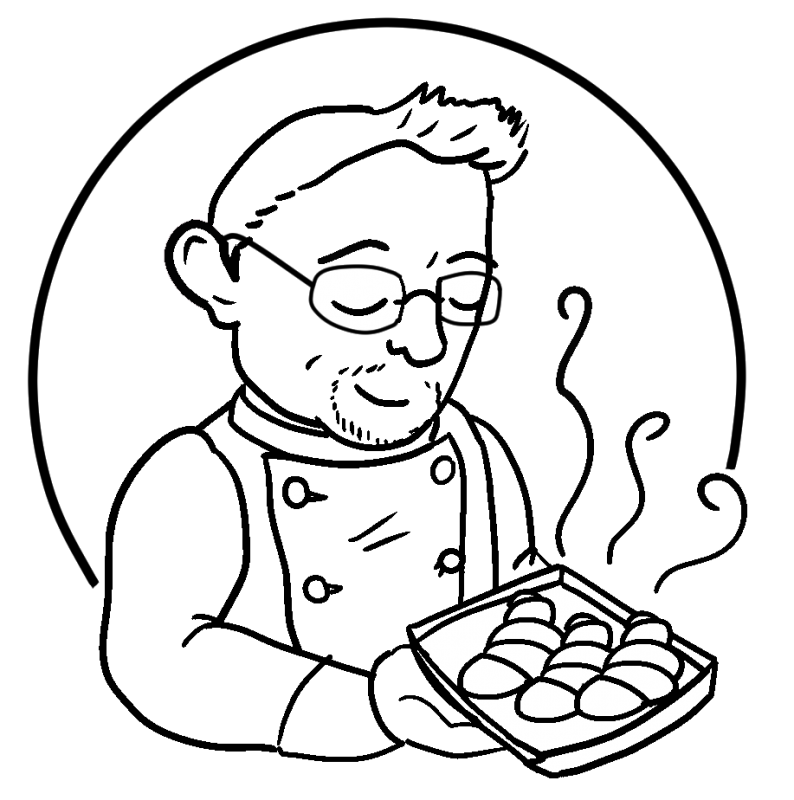
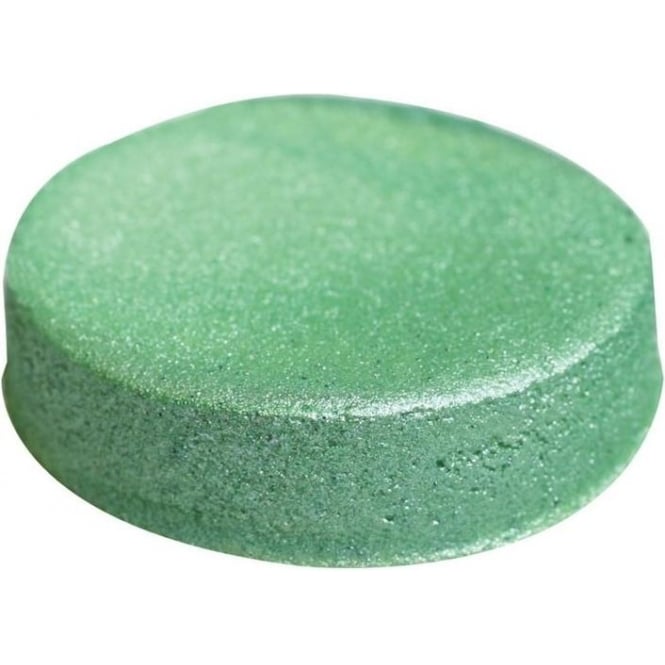






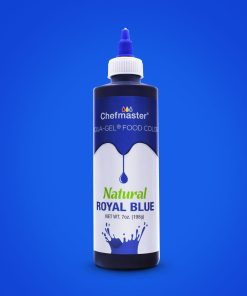
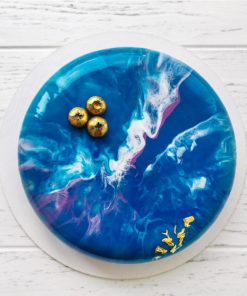


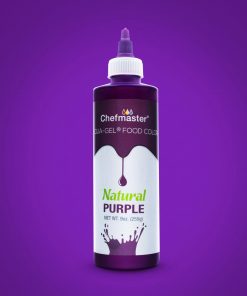
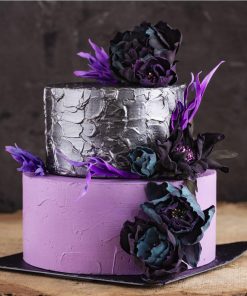
Reviews
There are no reviews yet.